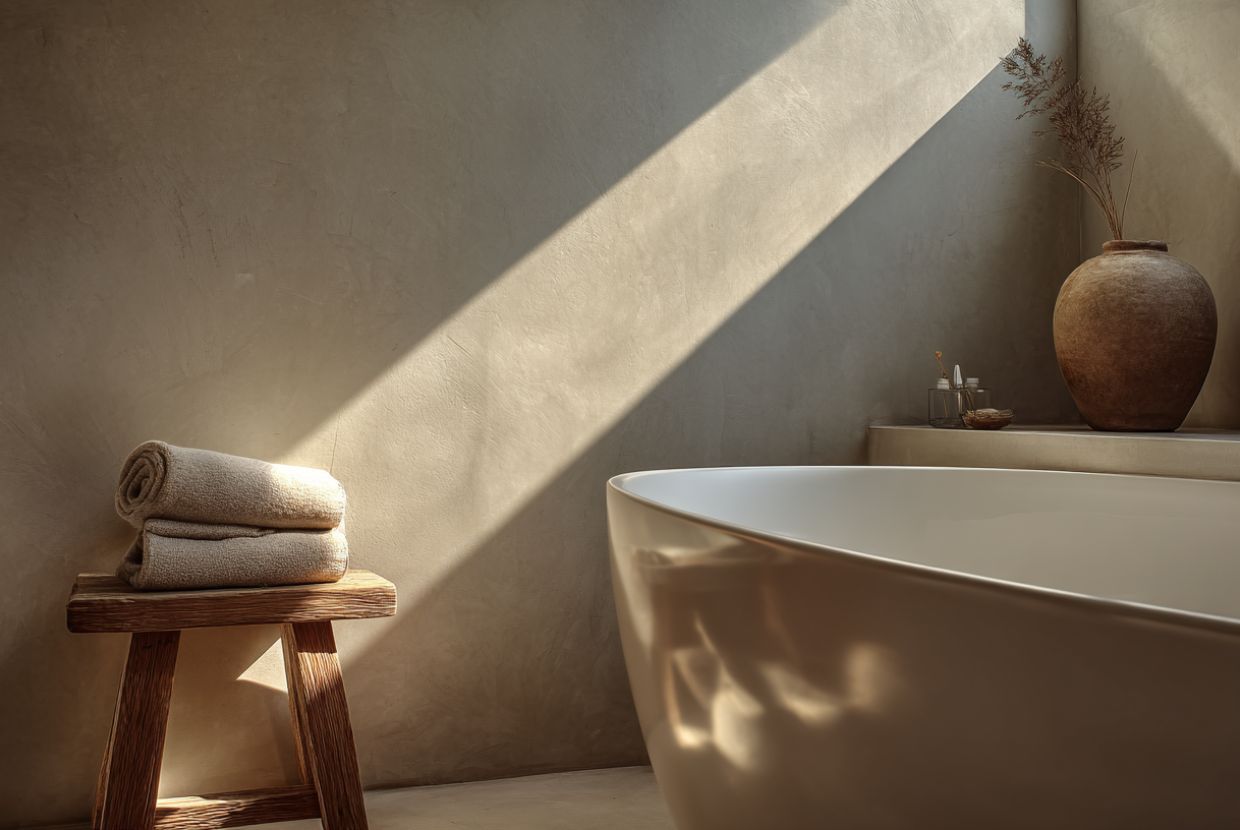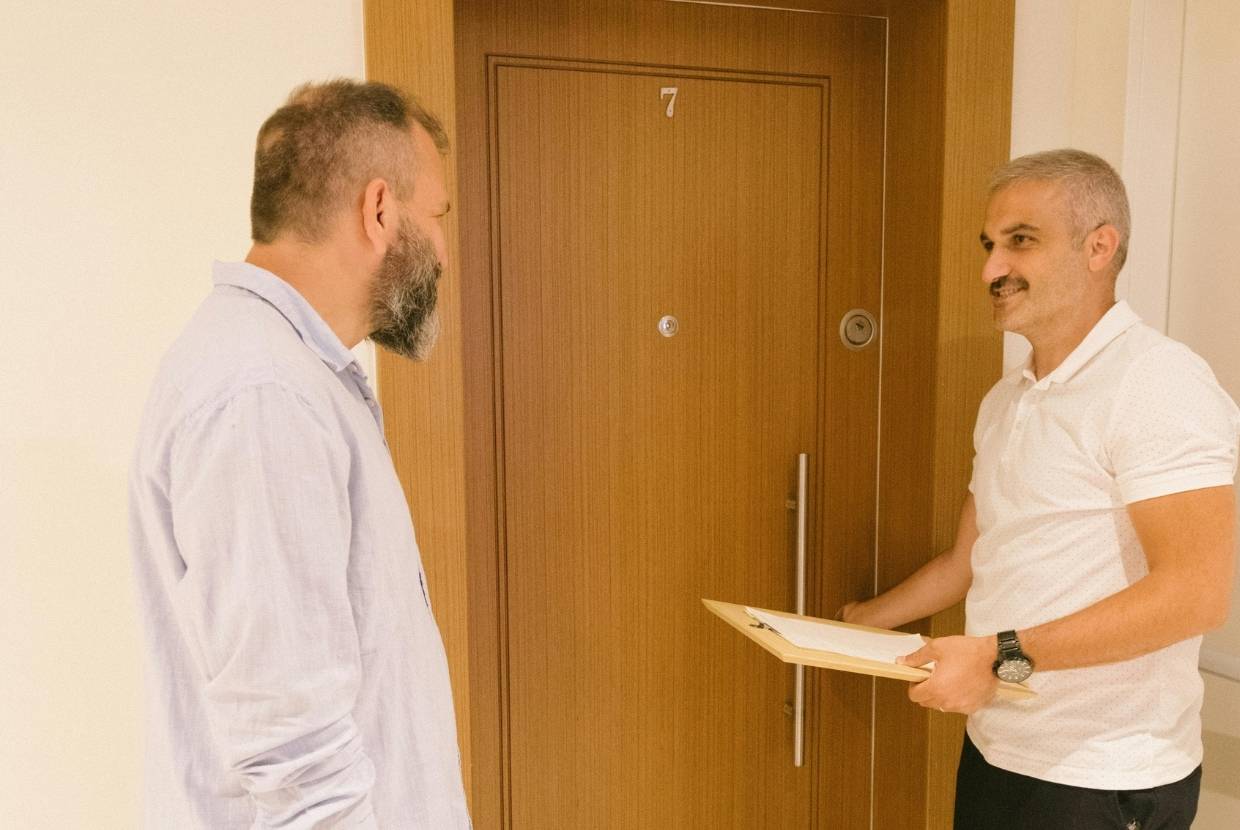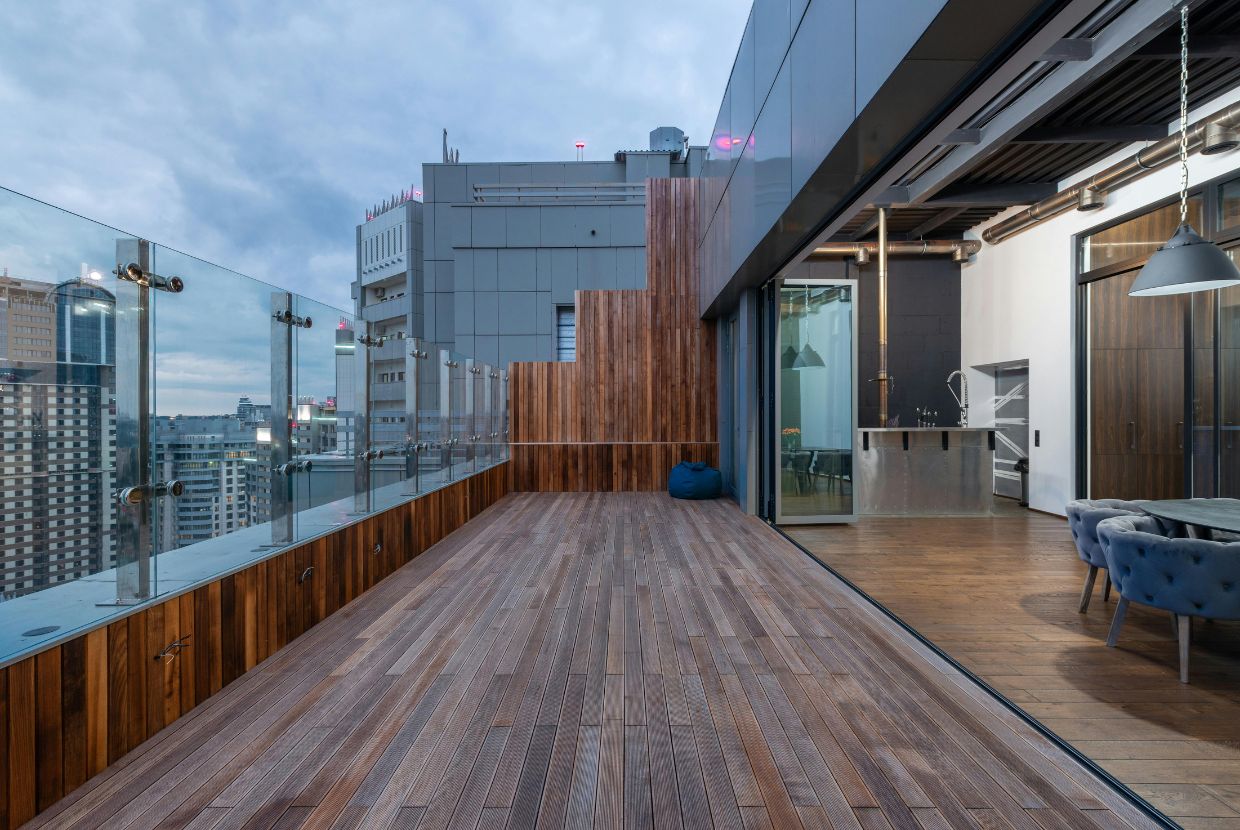It seems like everything comes back, right? And decorative plaster was no exception. For years we had it half forgotten, displaced by smooth, textureless walls, everything more minimal and flat. But lately, something has changed. There's a shift, a return to detail, to craftsmanship. And that's where plaster finds its place again.
The curious thing is that it's not just a matter of fashion. Those who are using it—whether architects, interior designers, or people who simply take great care of their homes—are looking for something more: personality, naturalness, and a finish that doesn't look like it came from a factory. Because it has that, that's it. It has character.
A material with a lot of history (and it doesn't seem like it)
Most people are rediscovering it now, as if it were the next big thing, but the truth is that it goes way back. A long way back. It was already used in ancient Rome, also in Morocco, in Venice… It's always been there, beautifying walls and protecting them at the same time. It wasn't just beautiful, it also served its purpose.
And today, with all the advances in materials, it's still used, but with techniques more tailored to what we need now: more resistance, more durability, and even waterproofing, in case you want to put it in humid areas.
Types of decorative plaster that are widely used
Each technique has its own twist, and the good thing is there's something for everyone. I'll tell you about some of the most well-known ones:
Venetian stucco
The kind that shines almost like marble. Highly polished, very elegant. It's made by applying several layers of lime and marble dust, then polishing it until it achieves that mirror-like effect. It has a lot of presence.
Marmorino
More discreet. It also contains lime, but the result is matte, with a soft, silky-smooth finish. Very adaptable. It works great in spaces that seek something more subdued or warm.
Tadelakt
Here we enter Moroccan territory. This finish is special because it's naturally waterproof. It's applied with black soap and leaves a seamless surface. Ideal for bathrooms or kitchens. It looks beautiful, really.
Decorative clay
Many choose it for its eco-friendly nature. It regulates humidity and creates a very welcoming atmosphere. It has that organic touch that's sometimes hard to find with other materials.
Roman Clay
A blend of plaster and clay. The result is a surface with soft, somewhat irregular, mineral-like tones. It works well in simple, understated spaces.
Just for aesthetics? Not at all.
Sure, it's pretty, but it's not just that. Decorative plaster also has practical advantages. And several:
- Let the walls breathe. And that helps prevent mold, which you know can be annoying.
- It's much more sustainable than other options. Lime, for example, reabsorbs CO₂ as it dries.
- It goes with many styles. It's not limited to rustic or classic. It can be modern, minimalist, even industrial.
- Applied properly, it lasts forever. And without losing its charm.
- In some cases, it improves the acoustics of the space. It's not magic, but it helps.
How is it being used now?
In 2025, decorative plaster isn't just applied to a single wall. There are new ideas that are getting more out of it:
- Matching walls and ceilingsThey call it plaster-drenchingBasically, the entire room is covered to make it look like a single piece.
- Bathrooms without tilesTadelakt is gaining ground. It provides continuity and warmth, and eliminates the joints that are so difficult to clean.
- Lined kitchen hoodsIn open kitchens, it looks great to integrate the hood with the same finish as the walls.
- Murals or reliefsSome even dare to create shapes, textures, even sculptures directly on the wall. Pure craftsmanship.
Price and care (no surprises)
It's important to be clear here. It's not the cheapest option, but it's not something you'll regret later. For example:
- Venetian stucco, between 35 and 60 euros per square meter.
- Tadelakt is somewhat more expensive: between €80 and €120/m², especially because it requires more technique.
And maintenance? Easy. A damp cloth for everyday use. And if we're talking about stucco or tadelakt, you'll need to apply wax or black soap from time to time to keep them waterproof and beautiful. But that's about it.
Which one to choose?
There are no fixed rules here, but there are some tips:
- If it's for a bathroom or kitchen, something waterproof is better.
- Do you like everything matte or do you prefer a little shine? Choose accordingly.
- Neutral tones almost always work. But if you want something to stand out, bolder colors also have their place.
- Of course, let someone who knows how to do it do it. It's not like painting a wall. It shows when a professional does it.
Ideas that inspire
- A living room with light gray marmorino walls and light wood furniture. Very peaceful, very warm.
- A spa-like bathroom with sand-colored tadelakt. Black faucets provide an elegant contrast.
- An open kitchen with Roman Clay on the hood and backsplash. Everything is perfectly integrated.
- A bedroom with a long headboard made of decorative clay. Very cozy, very personal.
Are you thinking about comprehensive renovations in Mallorca?
At Tecnic Project, we've been working with this type of finish for some time. And it's not to follow a trend, but because we believe decorative plaster offers something unique. It has texture, light, and personality.
When we do comprehensive reforms in MallorcaWhat we're looking for is a result that's consistent with you, your space, and your lifestyle. And plaster—when used well—helps achieve just that. Without fanfare, without artifice.
If you're considering renovating your home or business and are interested in exploring these types of materials, we're here to help. From the design to the finishing touches.




